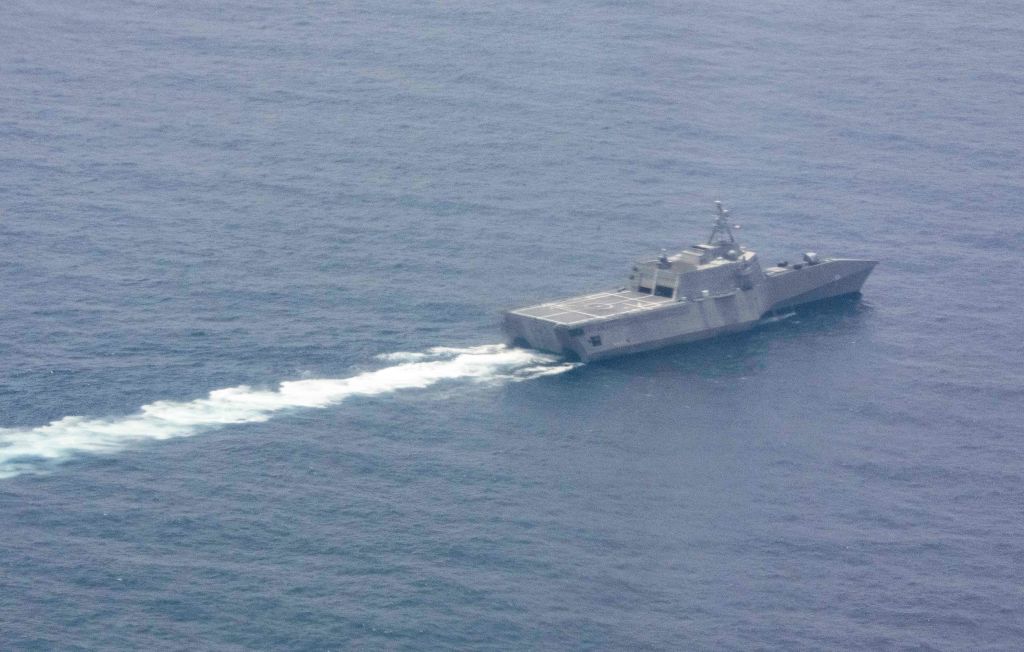Boris Johnson’s announcement last week that five Type 31e frigates are to be ordered is welcome. But we must not delude ourselves that this will resolve the problem of the lack of frigates in the Royal Navy’s inventory.
The Royal Navy currently has thirteen frigates, all of the Type 23 variant. Designed to have a 25-year life, considerable sums have been spent upgrading their capabilities and extending their lives. In 2023, aged 34, they start leaving the navy at the rate of one a year. The first of the five new T31e frigates should start sea trials in 2023, although this seems doubtful. So, in four years’ time, instead of having thirteen working frigates, the number will fall to twelve until the new ships enter service after successful sea trials. As the remaining new T31e frigates enter service, older frigates will be phased out. This means that the number of frigates in the Navy will never climb above thirteen and is likely to be less.
It is quite clear then that our nation has insufficient frigates to fulfil the tasks required of them. Military experts and academics agree on this. So, too, do the majority of those on the back benches in both the Commons and Lords.
The UK is a permanent member of the UN Security Council and is responsible for the defence and security of 14 dependencies around the globe. The Navy is also tasked with keeping safe global shipping from London and is responsible for the protection of UK-flagged merchant shipping worldwide.
Our nation’s security and prosperity requires unimpeded maritime access and transit. We require good order at sea. Our maritime geography, indeed insularity, mandates primary economic and strategic significance for the country’s ability to use the seas. This is not discretionary. It should not be an issue open for policy choice.
Most members of the public are unaware of the fact that 95 per cent of everything they buy in the shops from overseas has come by sea. Our nation can only survive if we keep the sea-lanes open.
So how many frigates do we need? When making this calculation it has to be remembered that it takes three frigates to maintain one on task deployed abroad. To meet our commitments normally in conjunction with allies we require ten frigates on task which necessitates an order of battle of thirty, not thirteen.
How can our nation achieve this?
In addition to the five frigates just ordered, our nation has three of the more capable Type 26 frigates under order from BAE Systems. These three are part of a planned class of eight ships. Why haven’t the remaining five been ordered?
The first is under construction and will take nine years to build. This is a ridiculous timescale and is part of the reason for their expense. The build rate should be sped up. Although money would have to be brought forward to earlier years the cost of each ship could be markedly reduced.
Lack of certainty over orders and timescales are causing the Small and Medium Enterprises (SMEs) that provide much of the equipment to our ship-builders huge problems. Several are at risk of going to the wall. They need certainty and a steady drumbeat of orders.
The much trumpeted ‘`shipbuilding strategy” is as useless as a ferry company with no ferries unless a steady stream of ships are ordered. My proposal would be order ten Type 31e, the remaining five Type 26 and dramatically reduce the Type 26 build rate. By the mid 2020s the number of frigates in our Navy would be starting to climb. Hopefully not too late.
Admiral Lord West was formerly head of the Royal Navy






Comments